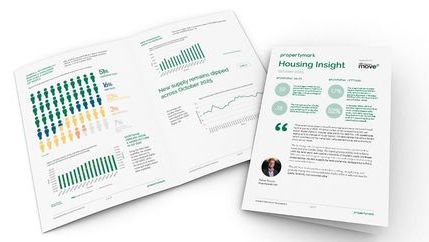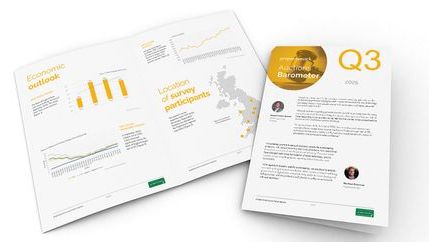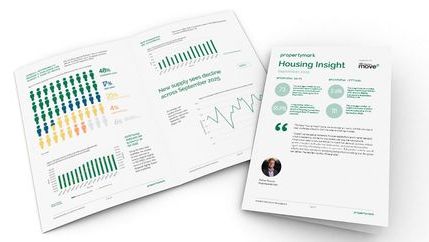
Steps need to be taken to make the PRS a secure, affordable, accessible, and attractive housing option. However, well intentioned interventions are not always having the intended results.
The Rapid Rehousing Transition Plan (RRTP) report examines local authority approaches to tackling homelessness and highlights that the percentage of homeless households being housed in a private rented tenancy has steadily decreased each year since 2021, despite the introduction of a wide range of measures intended to make the PRS a more fair and secure tenure for renters such as the introduction of the Private Rented Tenancy, removal of no-fault evictions and the short-term emergency cost of living measures.
Policy must be developed in partnership with landlords and tenants
The Scottish Government must address data gaps so that future policy can be led by evidence and developed in such a way that all stakeholders feel heard. The lack of robust data available to provide evidence for the changes needed has drawn criticism, with private landlords often feeling left out of the discussion.
This is particularly true of the introduction and extension of the emergency rent caps and restrictions on evictions with little formal consultation undertaken to inform the process. The CIH report recognised the strength of feeling demonstrated by the legal challenge that Propertymark and others took against the Scottish Government’s emergency cost of living legislation.
Reactive policymaking in the absence of robust data has created uncertainty and may risk the loss of residential accommodation if landlords decide to leave the market in significant numbers. The Scottish Government needs to set a clear vision for the sector and publish a final rented sector strategy.
Any new regulations need to be underpinned with advice, information and support for both landlords and tenants and, where appropriate, effective enforcement. This means clear communication, trusted sources of information and better resourcing for local authorities.







